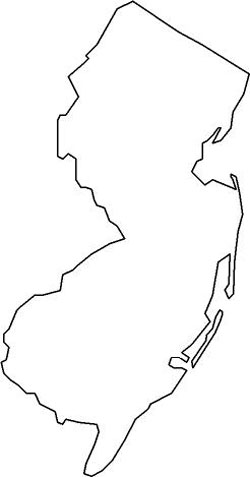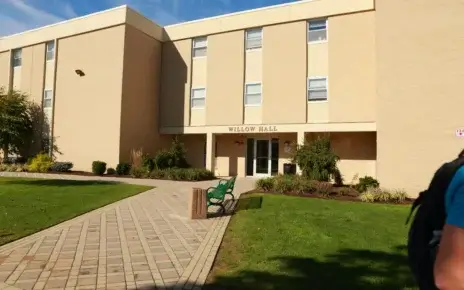In an effort to help stem the tide of deaths related to the recent heroin epidemic across the country, Walgreens has announced its intent to sell the heroin antidote naloxone (also known by its brand name Narcan) over the counter. The antidote will be distributed in at least 35 states, as well as Washington D.C. by the end of this year. New Jersey is among the states in which the drug will be sold to combat the heroin epidemic statewide.
The move is greeted by concerned citizens across the nation. “I think it will help a lot, because heroin has become such a big issue not just in NJ, but across the rest of America,” said senior communication student Jimmy Fanizzi. “These attempts to sell the drug will reduce the number of deaths across the country.”
Although every drug can ruin a person’s life, heroin stands out among most for its sheer lethality. A pure white powder easily recognizable for its bitter taste, it is known by many names. According to a pamphlet produced by the Elks’ Drug Awareness Program, it is often referred to as “H,” “horse,” or “smack.”
Heroin belongs to a group of drugs known as narcotics, which also includes morphine. However, heroin is the far more potent of the two. Professor Laura Jannone, a health professor, substance abuse coordinator, and certified school nurse, had often dealt with situations caused by the drug. She has also noticed that the problem has not gone away over the years; in fact, it is worsening.
“Before becoming a professor at Monmouth University in 2000 I was a school nurse in several districts in Monmouth and Ocean Counties and we had a problem then with heroin, but the problem has gotten worse due to heroin being purer and cheaper than ever before,” she said.“Almost all police departments in NJ are trained on giving Naloxone/Narcan including Monmouth University’s Police Department. “I think Narcan being sold over the counter is a wonderful idea if it can saves lives,” said Jannone. However, she explained that those administering the drug will not be trained to properly do so, as well as the fact that even after the drug is used the patient must still be sent to a hospital.
The heroin epidemic has been increasingly visible in NJ. On March 23, Governor Chris Christie expanded the state budget to allow for more help for those trapped in a cycle of addiction. According to Jannone, this funding will bring recovery coach programs to 11 counties.
“The Recovery Coaches give overdose survivors nonclinical support for at least eight weeks and two patient navigators link the Narcan recipients with treatment. This is an important part of treatment after an overdose victim is saved by Narcan,” said Jannone.
According to a Mar. 2016 article in the National Association of School Nurses (NASN) newsletter, 33 states including NJ have a youth overdose rate of over 6.1 per 100,000 individuals. They have recently published a statement about the epidemic, endorsing the use of Narcan to help save those who overdose. However Jannone, like many other experts in the field, state that after they are saved, addicts must be given access to rehabilitation/recovery programs.
Many students have seen the effects of the heroin epidemic firsthand. Rebecca Hunt, a senior creative writing student, grew up in an area where both heroin usage and abuse of prescription drugs is quite common. She has come up with a theory as to explain why the epidemic has spread so far. “Often people get addicted to drugs because of medical malpractice. I think it has to do with many doctors giving far more painkillers and other drugs than a person actually needs. As a result of that you have kids going into their parents’ medicine cabinets, and when they run out of these they turn to easier to obtain drugs like heroin.”
Like many students on campus, Hunt has had people close to her suffer from addiction. For those people who are forced to watch such events take place, any potential method to stop them is a welcome one. Because of a variety of factors, including heroin being cheaper and yet purer than ever before, the drug epidemic has become a colossal problem in the United States. Many believe that Walgreens’ efforts will not stop the program or even slow it down, however it may save many lives.
GRAPHIC MADE by Maggie Zelinka, statistics taken from nj.com




